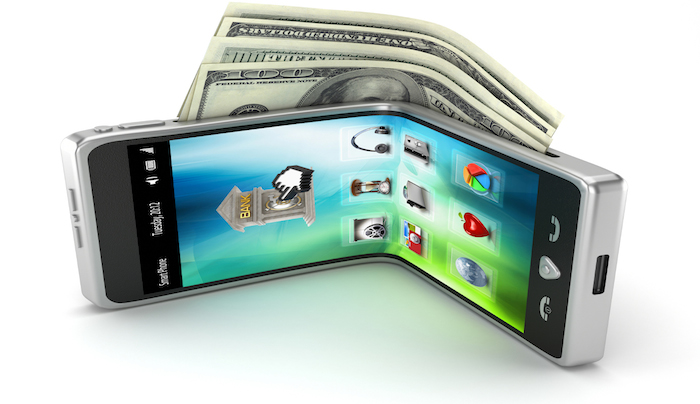According to latest reports, the overall number of electronic transactions has grown more than 25% this year alone. The same has not happened for mobile based payments.
In today’s world everything is going mobile if it hasn’t already. There has been a massive growth of mobile orders whether it’s ordering any specific item, food, electronics, grocery and clothing, or doing your daily affairs in reading, emailing, personal finance affairs, tracking your sport progress and more. The exact same has happened in banking and payment. Growth in mobile payment has gone through the roof as it has proven to be one of the easiest and more convenient way of payment. Whether it’s with offline physical merchants or online in the e-commerce atmosphere. Apple Pay is booming and expanding quickly in the payment world and has seen massive growth in the US. Samsung Pay has taken a similar approach and has surpassed Android Pay. In China Ali Pay has become a part of the daily life of the Chinese. It has successfully revolutionized mobile payment in China and is responsible for a high amount of total transactions done in this country.
But that is what’s happening all around the world, In Iran things are shifting a bit differently. Payment providers and solutions operating all around the world never had access to the Iranian market because of the international sanctions on Iran which prevented companies to have operational presence in this country. That crosses out international players in Iran. Moving the camera lens on Iran and zooming in on local players, there are still no e-wallets or mobile payment solutions working with the latest world technologies. Iran’s mobile payment landscape until now has been built upon the Unstructured Supplementary Service Data (USSD).
USSD is now considered as an outdated technology because of it’s security issues and a non-user friendly interface. The Central Bank of Iran (CBI) acknowledges this fact and is in the process of either shutting it down completely, limiting its functionalities, or strengthening the security of the network for it to operate further. USSD codes have been used by the banks themselves and third party payment providers in Iran. Due to the recent announcements on this technology, companies are now shifting their technology to a more internet based solutions, to the hight that the regulations issued by the CBI and Shaparak let’s them. Because of many money laundering and security concerns, CBI has a conservative and skeptical approach when it comes to innovation in payment. The legal structure for E-wallet has also been a subject of late, which there are still no clear guidelines for this concept.
According to Itmen, in an interview with Mohsen Ghaderi the CEO of Shaparak, some interesting statistics were announced. Shaprak is the organization in charge of supervising all card based and electronic based payments which is also a payment network and a bank switch for all electronic payments.
Statistics show that although there has been a 25.17% growth in the number of online transactions, as well as 31.19% in the amount of online transactions from 2015 to 2016 (month of June), mobile transactions has had a decrease. There has been a massive decline in the number and amount of mobile transactions. And of course by mobile transactions the definition is transactions with a USSD based technology.
This has caused the officials to worry about the situation and doubt the strategies and the precautions they are taking in payment. Policy makers clearly know that in order to reduce costs and become more efficient, mobile banking is the way to go. Tough and complex regulations on payment has caused innovation to vaporize and startups that have already gone on this path to deal with obstacles and become extra innovative to find loop holes.
As of now, debit card POS terminals still own the majority of online transactions in Iran. There has also been 18.89% growth in the number of POS devices with a total of 4.61 million devices all around the country. Because of the restrictions on the USSD technology number of ports for mobile payments on this infrastructure has had a 49.59% decrease.
The recent statistic indicate that the country needs a massive restructure in regulations in order to boost mobile payment further. Third party payments and banks could have a strong voicing in accelerating this legal structure change.

